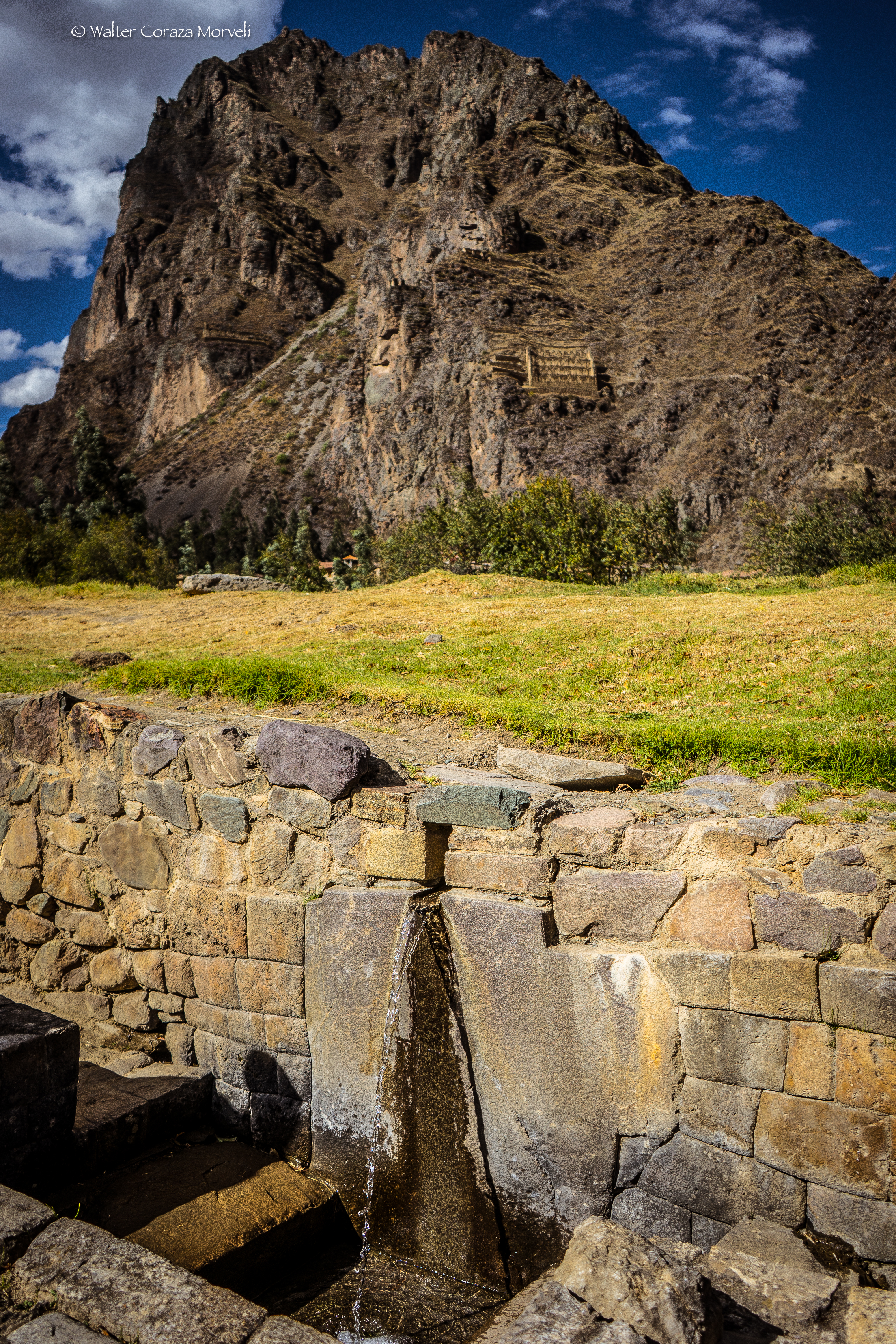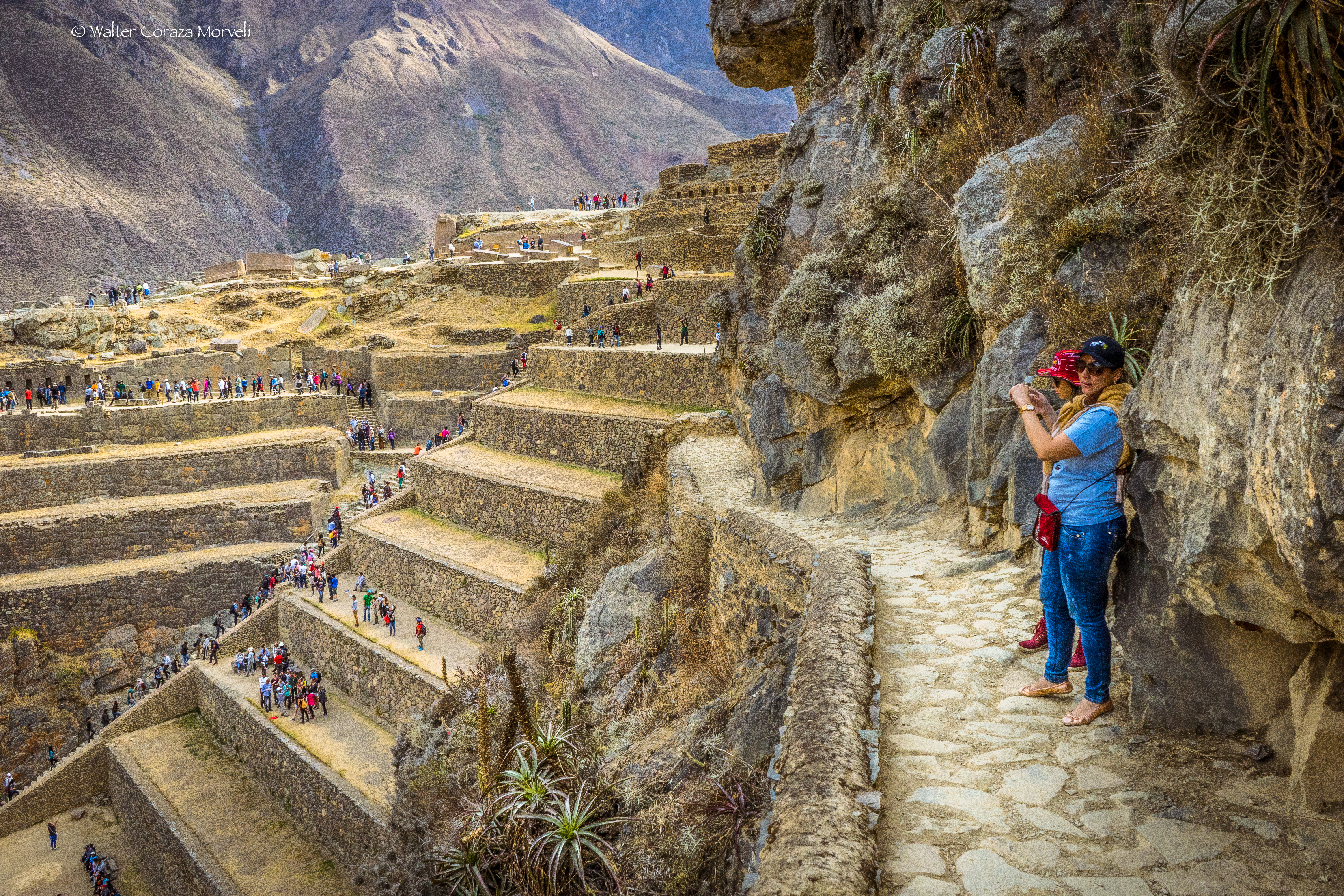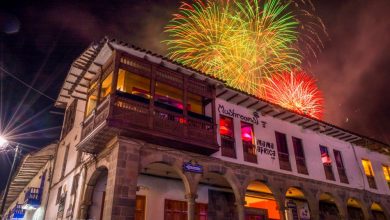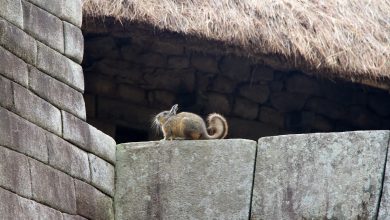Ollantaytambo the Marvelous

Ollantaytambo is an impressive archeological site and historical town located just two and a half hours from Cusco by bus. To get there you take a collective bus from Pavitos Street. Along the route you can appreciate a surprising and beautiful landscape of lakes, rivers, snowy mountains, and small villages filled with tradition and history.

The town of Ollantaytambo has impressive walls and Inca ruins. There are many open air activities within the town that cost nothing. Foreign and national tourists arrive here every day since here is where they board the train to Aguas Calientes and Machu Picchu.
From the town you can appreciate the impressive constructions that the Incas made. There is the monumental architectural complex which served as a strategic point from which to dominate the Sacred Valley. It is said that it was also built to enable the Inca Highway to Antisuyo. On entering the complex, you will find yourself amazed. You will see well smoothed stones that are scattered in the gardens, the terraces, and the walls. It is just magical. As you climb up, step by step, the long stairs of stones you fall in love with the un-improvable scene of the town between mountains and rivers. From the temple of the sun you take in a great feeling of tranquility.
Touring the site requires one and a half to two hours. Along the way you see the temple of the sun and its giant stones, the bath of the princess, agricultural terraces, the granaries, and the intihuatana, the hitching post of the sun, as well as the kind of architecture employed in which each stone was worked individually.
The guides to Ollantaytambo say that these temples are dedicated principally to the cult of unu or yaku, that is to say the divinities of water. For that reasons there are a series of fountains that provide for this end, such as the bath of the princess. It is one of the fountains worked in a single piece of granite. It is one of the most well-known and water still flows from it.


It is impressive to walk through the place of the ten niches, also called the Temple of the Ten Windows, whose function is still unknown.
The fort or center of worship is made up of seventeen terraces imposed one on top of another that are constructed on top of rose colored granite stones that are also worked. Some of them measure four meters in height.
The walls of the Royal House of the Sun have an internal slant and the main one is made from six block of enormous stones with joints of small stones. They make up part of the principal altar.
I heard several guides take their parties of tourist through the site and found out that the main quarry was in Cachicata, which is located some 6 kms. Away on the other side of the Vilcanota River. They were partially carved in the quarry and then were brought down to the valley. However, there are what they call “tired stones” ones that did not make it to their destination.

The way in which the enormous stones were transported from far away is not completely known, they say, nor how they fit so perfectly together.
Ollantaytambo is located on the side of the Patakancha River close to where it joins the Urubamba. The houses of the town are colonial in type and are built on impressive and beautiful Inca walls that are finely finished. The stones are filled with joy and energy.




